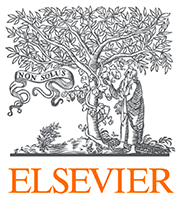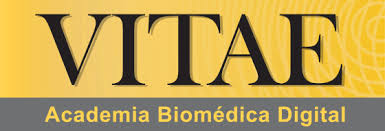COVID-19 diagnosis —A review of current methods
Palabras clave:
Covid-19, SARS-CoV-2, diagnosis SARS-CoV-2, detection RT-PCR, Lateral flow assay, Loop-mediated isothermal amplification, Point of care devicesResumen
Biosensors and Bioelectronics
Meral Yüce a,*, Elif Filiztekin b, Korin Gasia ¨Ozkaya b
a SUNUM Nanotechnology Research and Application Centre, Sabanci University, 34956, Orhanli, Tuzla, Istanbul, Turkey
b Faculty of Engineering and Natural Sciences and, Sabanci University, 34956, Orhanli, Tuzla, Istanbul, Turkey
Abstract:
A fast and accurate self-testing tool for COVID-19 diagnosis has become a prerequisite to comprehend the exact number of cases worldwide and to take medical and governmental actions accordingly. SARS-CoV-2 (formerly, 2019-nCoV) infection was first reported in Wuhan (China) in December 2019, and then it has rapidly spread around the world, causing ~14 million active cases with ~582,000 deaths as of July 2020. The diagnosis tools available so far have been based on a) viral gene detection, b) human antibody detection, and c) viral antigen detection, among which the viral gene detection by RT-PCR has been found as the most reliable technique. In this report, the current SARS-CoV-2 detection kits, exclusively the ones that were issued an “Emergency Use Authorization” from the U.S. Food and Drug Administration, were discussed. The key structural components of the virus were presented to provide the audience with an understanding of the scientific principles behind the testing tools. The methods that are still in the early research state were also reviewed in a subsection based on the reports available so far.

Since January 2020 Elsevier has created a COVID-19 resource centre with free information in English and Mandarin on the novel coronavirus COVID-19. The COVID-19 resource centre is hosted on Elsevier Connect, thecompany's public news and information website.
Elsevier hereby grants permission to make all its COVID-19-related research that is available on the COVID-19 resource centre - including this research content immediately available in PubMed Central and other publicly funded repositories, such as the WHO COVID database with rights for unrestricted research re-use and analyses in any form or by any means with acknowledgement of the original source. These permissions are granted for free by Elsevier for as long as the COVID-19 resource centre remains active.

